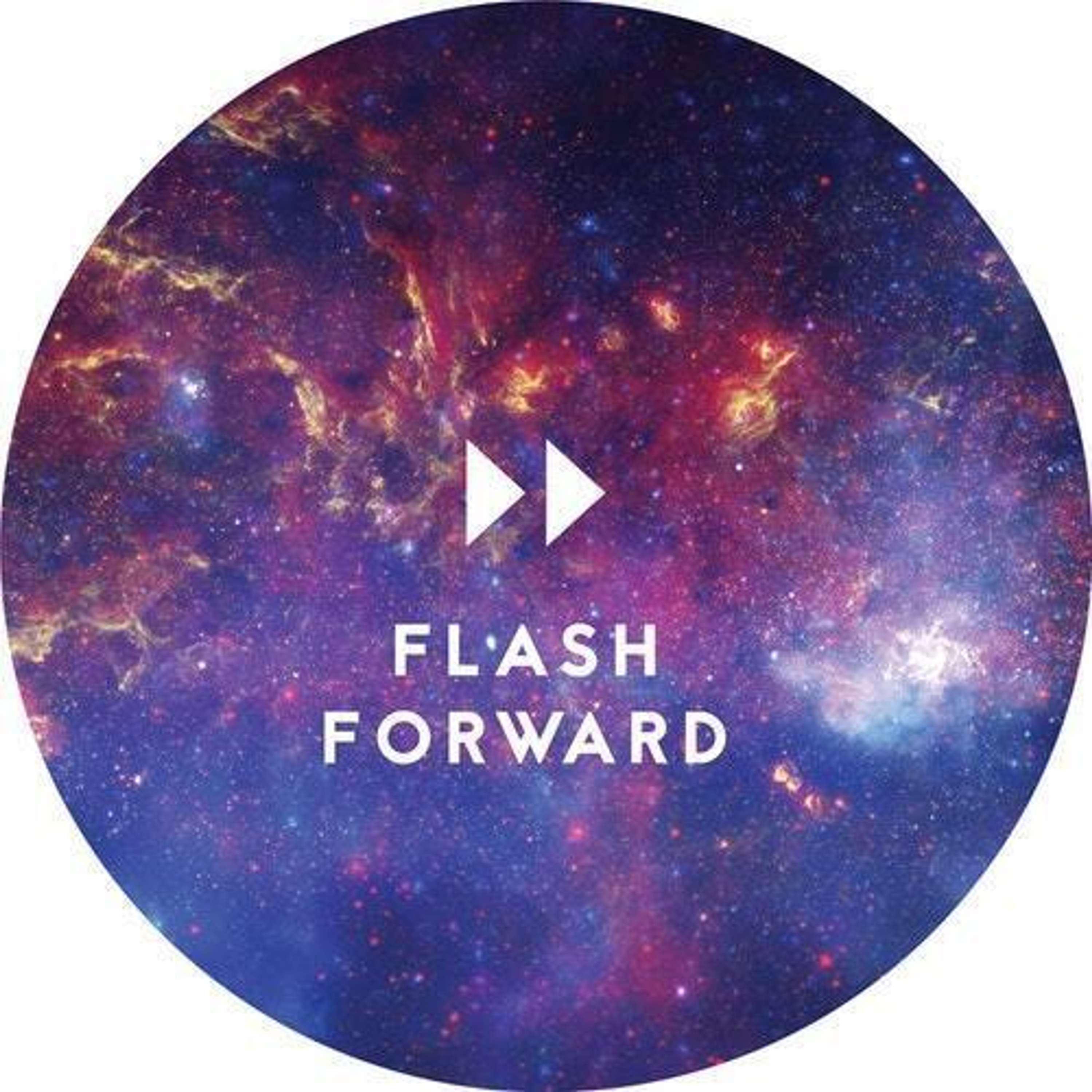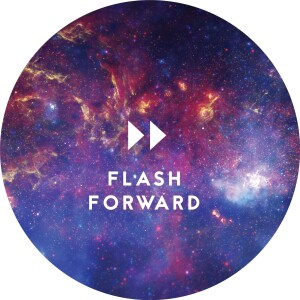
Today we go to a future where all pop stars use avatars, clones, robots or cartoons instead of their real bodies and faces. What does that do to music? Can everybody pull off an avatar? And why would any pop star even want that?
We start with a conspiracy theory. Jaya Saxena tells us about the theory that Beyonce is a clone. And one of the reasons Jaya thinks that people might think Beyonce is using a clone is because she’s so private, and hates doing press stuff. Which of course is not the case, Beyonce may seem perfect but she is in fact a single human woman.
But the idea that a pop star might want to use a clone or avatar to do some of the more boring and annoying tasks required of pop stars: red carpets, meet and greets, constant interviews, is believable. Kelsey McKinney, a culture writer at Fusion, says that most of the pop stars she’s interviewed would absolutely take an out if they were given one. She tells us about what the grind of pop-stardom is really like, and why so many stars eventually do break down.
Now, there are some pop stars who use fronts or avatars. The Gorillaz performed as a cartoon troupe. Daft Punk wears those helmetty things. Sia wears a big wig. Deadmaus often performs wearing a giant mouse head. There’s this rock band called The Residents that has a small but very intense cult following. MF Doom performed in this gladiator mask. There are lots of examples of this. But Kelsey points out that none of them have reached the level of fame that say Beyonce or Taylor Swift has.
The one possible place we can find a true pop star that is represented by an avatar is Hatsune Miku. Now, if you’re not familiar with Hatsune Miku, she’s a 16 year old Japanese popstar. She’s 5 feet 2 inches tall, and she weighs 93 pounds and she’s got this really striking blue hair that is usually in these super long pigtails. And she is not real, she’s a cartoon or hologram. Hatsune Miku is a particularly interesting case to me because unlike The Gorillaz or Daft Punk or Sia, Hatsune Miku isn’t a front for a person. There is no artist laboring behind the scenes, who then goes out and uses the Hatsune Miku cartoon character to perform. She’s entirely a fabrication of a company, and I swear to you that I am not making this up, the company’s name is Crypton Future Media. And Crypton Future Media makes these singing synthesizer programs. And that’s where Hatsune Miku’s voice comes from, it’s totally created by a computer.
And last week when I was doing some research for this episode I realized that Hatsune Miku was actually playing at Hammerstein Ballroom in New York City where I live, in just a couple days. So, obviously I bought tickets and this past weekend I dragged my very patient boyfriend to her show. You can hear how that went in the episode.
But of course I can’t interview Hatsune Miku, since she’s not real. So instead I called my favorite anonymous musician: the man behind Hussalonia. You can read about the back story to Hussalonia on their site, but here’s the gist: Hussalonia is a pop music cult, which was purchased by an evil soap company called Nefarico, which demanded that Jesse no longer use his name or face in the songs, and also required him to put out two albums of soap jingles. And the man behind Hussalonia, Jesse Mank, tells us about why he came up with this story, and why he didn’t even do interviews until recently.
Finally, we all discuss what kinds of avatars people would choose, whether certain types of music are better suited to avatars, and what kind of fan art might spring up from these avatars.
Learn more about your ad choices. Visit megaphone.fm/adchoices
view more
We start with a conspiracy theory. Jaya Saxena tells us about the theory that Beyonce is a clone. And one of the reasons Jaya thinks that people might think Beyonce is using a clone is because she’s so private, and hates doing press stuff. Which of course is not the case, Beyonce may seem perfect but she is in fact a single human woman.
But the idea that a pop star might want to use a clone or avatar to do some of the more boring and annoying tasks required of pop stars: red carpets, meet and greets, constant interviews, is believable. Kelsey McKinney, a culture writer at Fusion, says that most of the pop stars she’s interviewed would absolutely take an out if they were given one. She tells us about what the grind of pop-stardom is really like, and why so many stars eventually do break down.
Now, there are some pop stars who use fronts or avatars. The Gorillaz performed as a cartoon troupe. Daft Punk wears those helmetty things. Sia wears a big wig. Deadmaus often performs wearing a giant mouse head. There’s this rock band called The Residents that has a small but very intense cult following. MF Doom performed in this gladiator mask. There are lots of examples of this. But Kelsey points out that none of them have reached the level of fame that say Beyonce or Taylor Swift has.
The one possible place we can find a true pop star that is represented by an avatar is Hatsune Miku. Now, if you’re not familiar with Hatsune Miku, she’s a 16 year old Japanese popstar. She’s 5 feet 2 inches tall, and she weighs 93 pounds and she’s got this really striking blue hair that is usually in these super long pigtails. And she is not real, she’s a cartoon or hologram. Hatsune Miku is a particularly interesting case to me because unlike The Gorillaz or Daft Punk or Sia, Hatsune Miku isn’t a front for a person. There is no artist laboring behind the scenes, who then goes out and uses the Hatsune Miku cartoon character to perform. She’s entirely a fabrication of a company, and I swear to you that I am not making this up, the company’s name is Crypton Future Media. And Crypton Future Media makes these singing synthesizer programs. And that’s where Hatsune Miku’s voice comes from, it’s totally created by a computer.
And last week when I was doing some research for this episode I realized that Hatsune Miku was actually playing at Hammerstein Ballroom in New York City where I live, in just a couple days. So, obviously I bought tickets and this past weekend I dragged my very patient boyfriend to her show. You can hear how that went in the episode.
But of course I can’t interview Hatsune Miku, since she’s not real. So instead I called my favorite anonymous musician: the man behind Hussalonia. You can read about the back story to Hussalonia on their site, but here’s the gist: Hussalonia is a pop music cult, which was purchased by an evil soap company called Nefarico, which demanded that Jesse no longer use his name or face in the songs, and also required him to put out two albums of soap jingles. And the man behind Hussalonia, Jesse Mank, tells us about why he came up with this story, and why he didn’t even do interviews until recently.
Finally, we all discuss what kinds of avatars people would choose, whether certain types of music are better suited to avatars, and what kind of fan art might spring up from these avatars.
Learn more about your ad choices. Visit megaphone.fm/adchoices
More Episodes
Love At First Bot
 2016-02-09
2016-02-09
 2016-02-09
2016-02-09
Face Off
 2016-02-02
2016-02-02
 2016-02-02
2016-02-02
Reputationville
 2015-10-20
2015-10-20
 2015-10-20
2015-10-20
Crossing
 2015-10-13
2015-10-13
 2015-10-13
2015-10-13
Bye Bye Binary
 2015-10-06
2015-10-06
 2015-10-06
2015-10-06
The Carbon Gene
 2015-09-29
2015-09-29
 2015-09-29
2015-09-29
Unseen
 2015-09-22
2015-09-22
 2015-09-22
2015-09-22
Greetings
 2015-09-15
2015-09-15
 2015-09-15
2015-09-15
The Empathy Machine
 2015-09-08
2015-09-08
 2015-09-08
2015-09-08
Caged
 2015-09-01
2015-09-01
 2015-09-01
2015-09-01
A Drone of One’s Own
 2015-08-25
2015-08-25
 2015-08-25
2015-08-25
Eternal Life in Prison
 2015-08-11
2015-08-11
 2015-08-11
2015-08-11
Sunward Bound
 2015-08-04
2015-08-04
 2015-08-04
2015-08-04
Facetime
 2015-07-28
2015-07-28
 2015-07-28
2015-07-28
Winded
 2015-07-21
2015-07-21
 2015-07-21
2015-07-21
Grounded
 2015-07-14
2015-07-14
 2015-07-14
2015-07-14
The Bodybuilders
 2015-07-07
2015-07-07
 2015-07-07
2015-07-07
The Supernova Next Door
 2015-06-30
2015-06-30
 2015-06-30
2015-06-30
The Day the Internet Broke
 2015-06-23
2015-06-23
 2015-06-23
2015-06-23
Never Lay Me Down to Sleep
 2015-06-16
2015-06-16
 2015-06-16
2015-06-16
012345678910111213141516171819
Create your
podcast in
minutes
- Full-featured podcast site
- Unlimited storage and bandwidth
- Comprehensive podcast stats
- Distribute to Apple Podcasts, Spotify, and more
- Make money with your podcast
It is Free
- Privacy Policy
- Cookie Policy
- Terms of Use
- Consent Preferences
- Copyright © 2015-2024 Podbean.com




